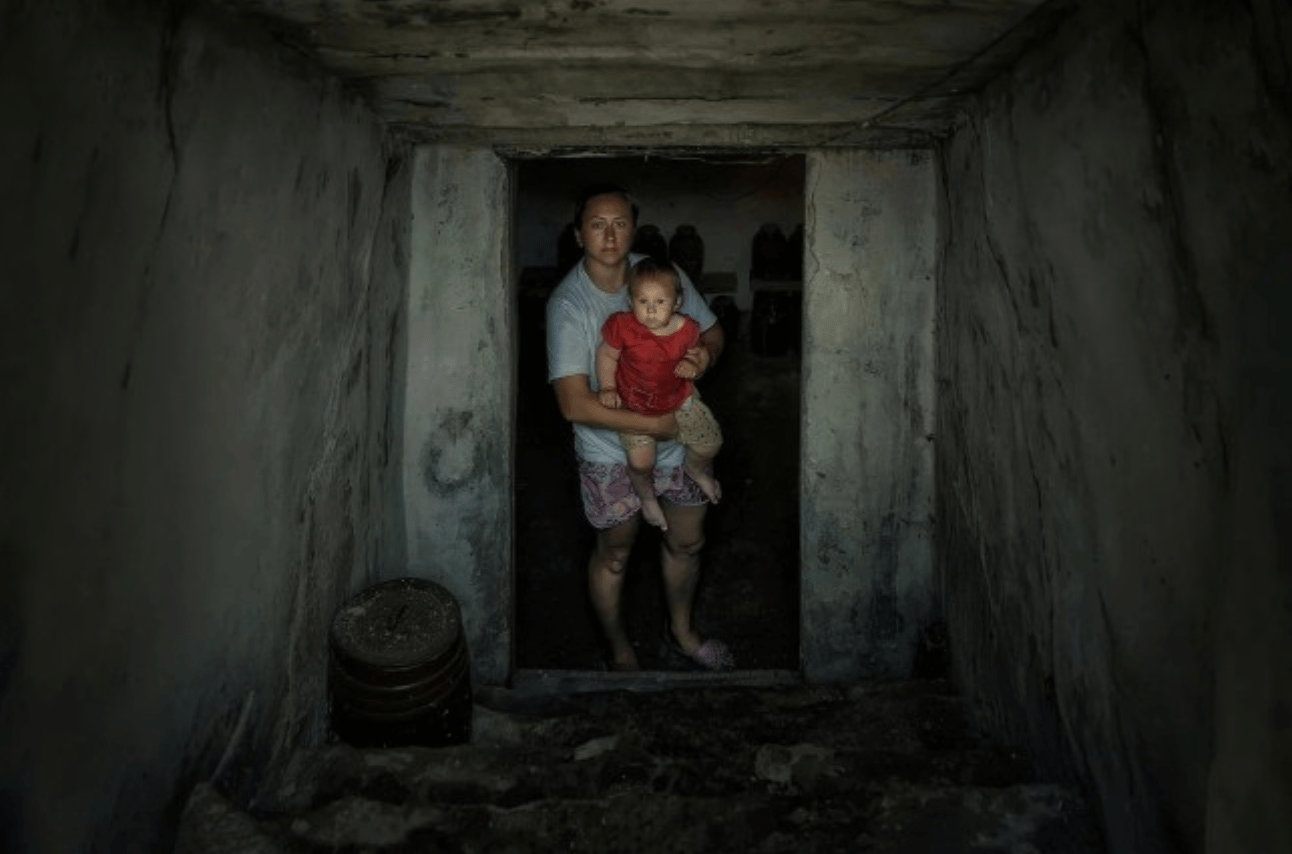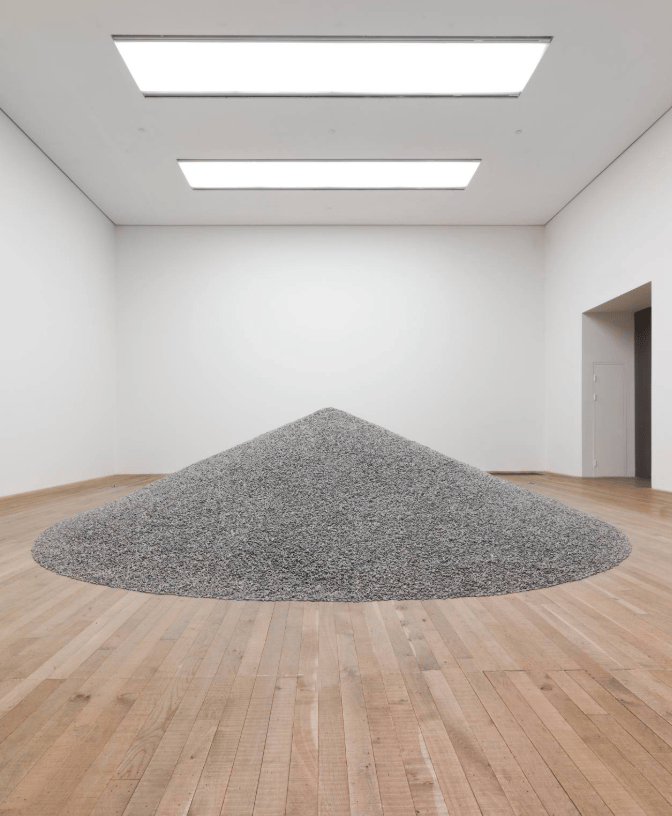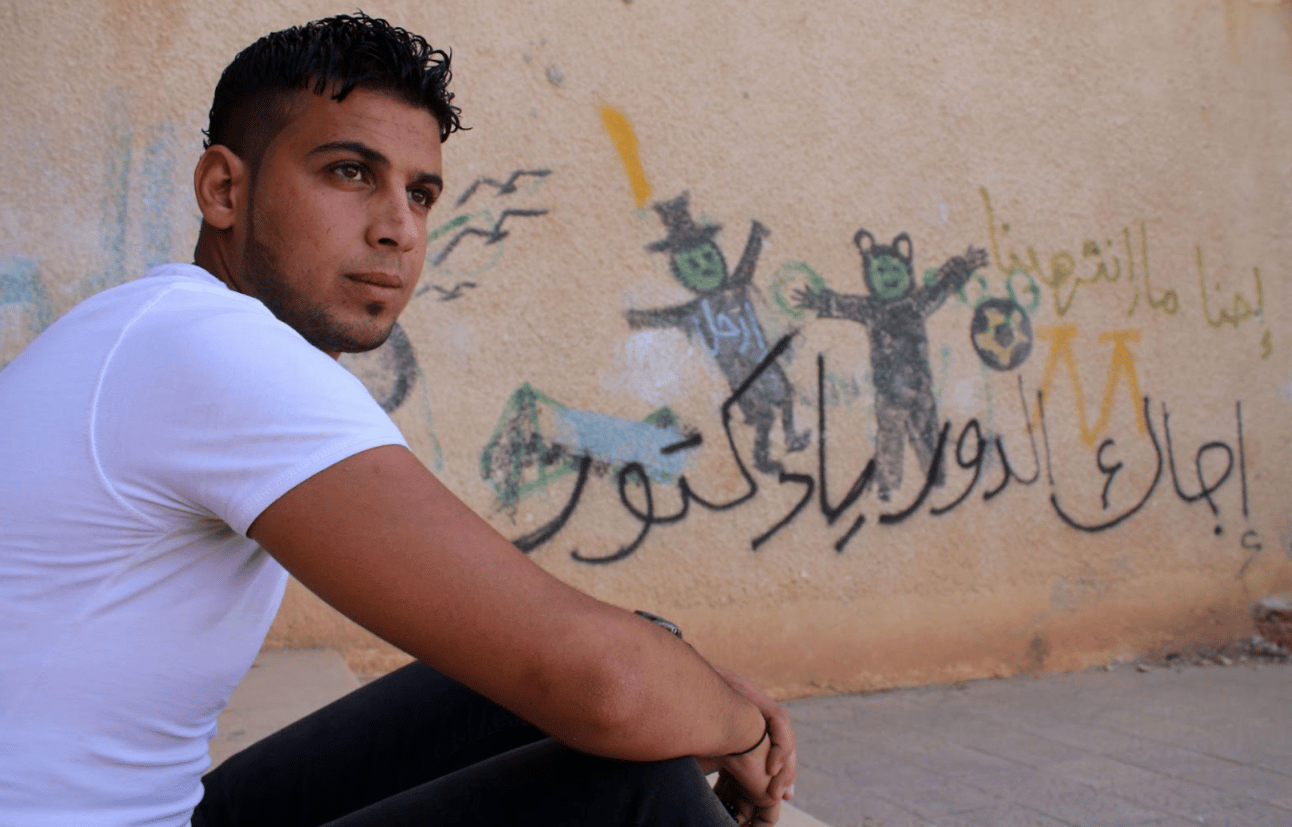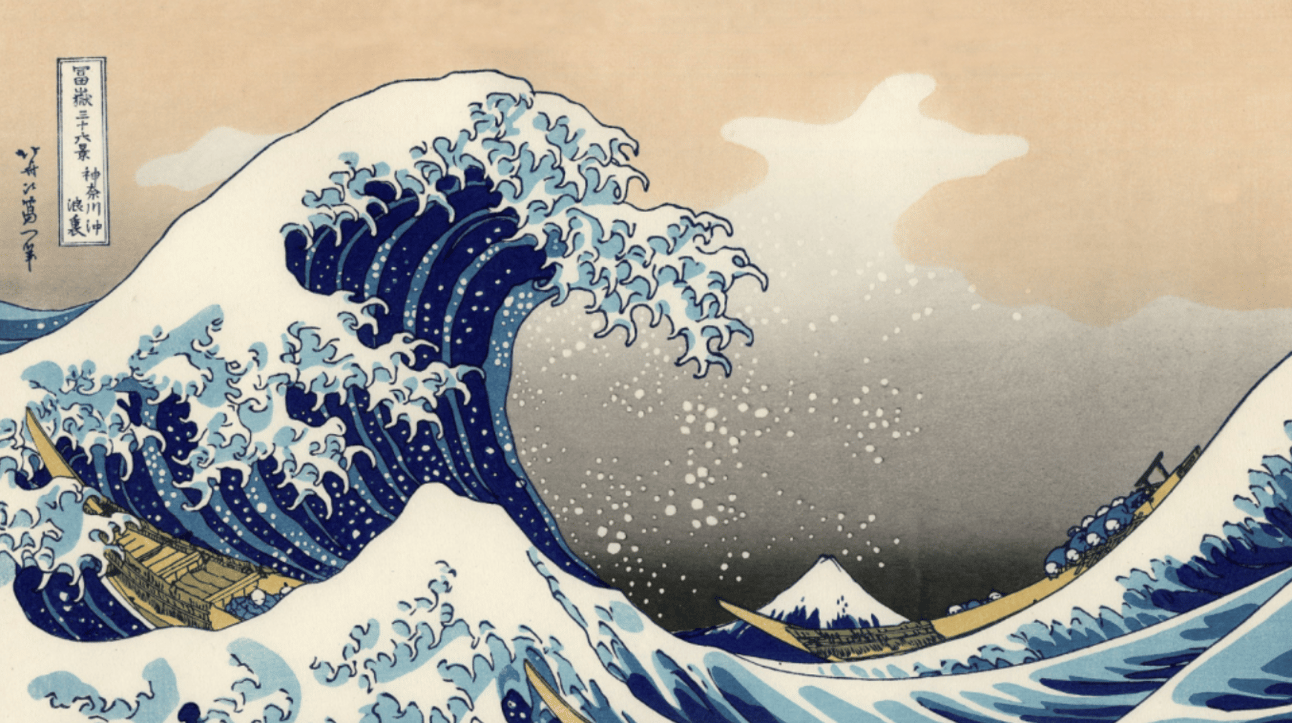- Stratagem
- Posts
- 🌎BBB Weekly Edition #7🌎
🌎BBB Weekly Edition #7🌎
📝The Arts Week Edition!📌

💡The TSI Insider💡
This week’s edition of the Beyond Borders Brief is a collaboration with GU Arts Week! The arts week was a staple of campus life in the spring before the COVID-19 Pandemic that highlighted different artists and cultural organizations from the university community. To celebrate Arts Week this edition of the BBB explores the ways that art impacts international relations across the globe. A huge thank you to GU Arts Week for partnering with us. Be sure to check out their page here to learn more!
🚨What We’re Watching🎥

📍The Womb amplifies female perspectives about the war in Ukraine, retelling the role of women in combat.
📚Facts: The Womb, a photography series by Alena Grom, displays mothers who gave birth during the conflict in Ukraine. Grom captures the authentic, on-the-ground experiences of female Ukrainian artists that are featured in the art exhibit Women at War. The exhibit, featured at the Fridman Gallery in New York City in 2022, documents how women are impacted by the Russia-Ukraine conflict. The art ranges from the annexation of Crimea in 2014 to a more recent focus of the aftermath of Russia’s entrance into Ukraine in 2022.
💭Analysis: The photographs bring awareness to the impact of the attacks on women and families in Ukrainian towns. The images dismantle assumptions that frame women and children as victims, rather the collection highlights their fight against Russia. The work defines women as crucial actors in the conflict, especially since Ukrainian women make up 25% of the soldiers in Ukraine’s military. Grom’s photographs highlight the undervalued female experience during wartime. The display showcases how Ukranians feel the impacts of the battle on their identities and bodies. By including women as active agents in the war, Grom makes these identities visible.

Sunflower Seeds: the Individual and Collective in Modern China
📚Facts: In 2010, Chinese artist and activist Ai Weiwei created Sunflower Seeds, a large-scale installation of 100 million handcrafted porcelain sunflower seeds, for the Tate Modern museum in London. 1,600 artisans in Jingdezhen, a Chinese region renowned for its imperial porcelain production, painted the seeds using stone from a local mountain. Weiwei emphasized the centrality of sunflower seeds to the piece, describing them as “the minimal ingredient” of essential human needs and the “least common denominator for human satisfactions.”
💭Analysis: Sunflower Seeds examines the loss of individuality in contemporary society, Chinese cultural identity, and views of mass production in China. During the Chinese Cultural Revolution, the sunflower was a prominent ideological symbol, where the Chinese population, symbolized as sunflowers, was expected to turn to Communist leader Chairman Mao, the sun, with ultimate loyalty and devotion. The piece confronts current issues that affect the Chinese population, including the authoritarian regime, government censorship, and the effects of mass production on artisans, such as those involved in the piece. Weiwei’s outspoken criticism of the Chinese government led to the shutdown of his website by state officials and his 2011 arrest by Chinese authorities. Weiwei left China permanently in 2015. Sunflower Seeds encourages a closer look at the rise of "Made in China" manufacturing through the individually crafted seeds, while the installation’s uniformity sparks questions about the balance between individuality and the collective in contemporary China.

📍From Graffiti to War: Syria’s Cultural Resurgence
📚Facts: “It’s your turn, Doctor”, graffitied on a wall of a school in early 2011, became a pivotal act of defiance that ignited Syrian civil war. Mouawiya Syasneh, then just 14-years-old, along with his friends created the phrase to mock Bashar al-Assad’s leadership, referencing his medical background as an ophthalmologist to express deep frustration with the regime’s oppression. The regime’s secret police, the Mukhabarat, arrested and tortured Syanesh and his friends, fueling widespread public outrage and escalating protests. This rebellious act of teenage frustration rapidly transformed into a symbol of resistance, sparking a 13-year civil war between the Assad regime and the Syrian people.
💭Analysis: Since the fall of the Assad regime in December 2024, Syria has seen a resurgence of cultural expression under the new Islamist-led regime of Ahmed al-Sharra. Artists, previously stifled by years of oppression, are now cautiously resuming their work. This revival contrasts with the Assad regime’s strict control over artistic expression, where art deemed critical by the government was often censured and artists faced severe repercussions. From graffiti to civil war, to the ongoing rebuilding, the possibility of a new Syria is emerging, one where cultural and artistic expression could play a crucial role in reshaping the nation’s identity.

📍The Foreign Policy and Environmental Themes Behind The Great Wave
📚Facts: Katsushika Hokusai’s The Great Wave off Kanagawa woodblock print completed circa 1831, depicts a towering wave about to crash over a fishing boat, appearing to eclipse snow-capped Mount Fuji in the background. The iconic image was the first in a series of 36 prints showing Mount Fuji from different perspectives. Hokusai completed approximately 30,000 woodblock prints in his lifetime, some of which lent inspiration to the nineteenth century Impressionist movement in Europe.
💭Analysis: Hokusai created The Great Wave off Kanagawa during the isolationist Edo period (1603-1867) in Japan, where a foreign policy known as sakoku sealed off Japan for two hundred years. The government allowed limited maritime trade with Korea, China, and the Netherlands and minimized the movements of visiting foreigners, missionaries, and the Japanese people. Sakoku ended in 1854 by the Convention of Kanagawa, due to the U.S. Commodore Matthew Perry’s forceful insistence that Japan open itself to American trade and diplomacy. Today, modern environmental research uses Hokusai’s waves for ecocriticism on the dangers of ignoring nature, like rising water levels and extreme weather events. The piece highlights the eternal struggle between nature and humanity–the power of the wave looming over humanity’s efforts and progress.
🚗One For The Road🚗
Come say hi to your favorite TSI members tabling this Wednesday from 1-4pm in Red Square! We will be running an Arts Week themed game of TSI Jeopardy with the chance to win cool prizes.
Not a subscriber? Click here to subscribe!
See You On Thursday For 🌊The Deep Dive!🌊
This week’s newsletter brought to you by the Beyond Borders Brief staff. Connect with us on social media to pose questions, comments, or feedback. Click here to learn more about TSI.
Reply